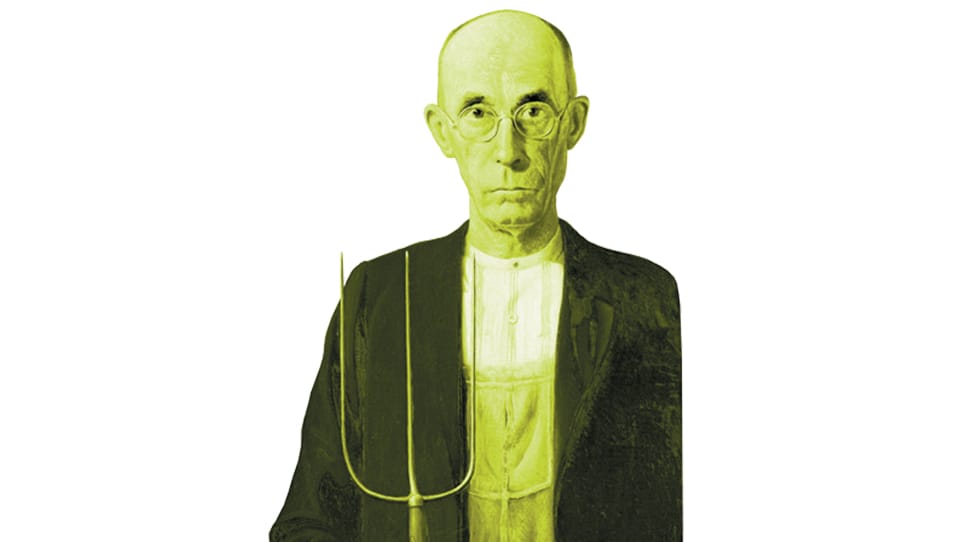City planners are urging greater density, bringing services and retail closer to the areas in which people live, on the theory that this will reduce the amount people need to drive. But new research by Wharton real estate professor Gilles Duranton and Brown University professor Matthew A. Turner shows that such policies may not work as well as the experts think.
Their study relied on a large-scale survey by the U.S. Department of Transportation, covering nearly a million trips; satellite imagery; and the ways long-term residents responded to changes in an area’s population.
Commutes Pollute
One reason for increasing urban density (the abundance of residents and jobs within a 10 kilometer radius) is to help the environment. The shorter the commute, the lower the social and economic costs of greenhouse gases and particulates.

Move All Rural People?
Imagine if all 30 million Americans who live in low-density rural areas were somehow persuaded to move to urban areas. The reduction in driving would total only 4–5 percent. (And, if you left some behind, they would drive more, offsetting the reduction.) Conclusion: Urban policy to increase density will not significantly reduce carbon emissions.

Solution: A Tax For Congestion
Getting people to take mass transit is a more effective way to reduce pollution. City governments can do that with a congestion tax— imposing a fee based on the concentration of traffic in particular areas. Professor Duranton concedes that taxes are “a really hard proposition in this country.” But he adds: “That’s the one thing that works. Everything else will not do very much.”
Needed: The Cost of Congestion
“ We have no serious idea about the economic cost of that congestion,” Duranton says. New data from mapping services like Google Maps, showing travel in real time, can help the researchers dial in the true cost of congestion.”
Published as “Does Greater Density Reduce Pollution?” in the Spring 2016 issue of Wharton Magazine.

























